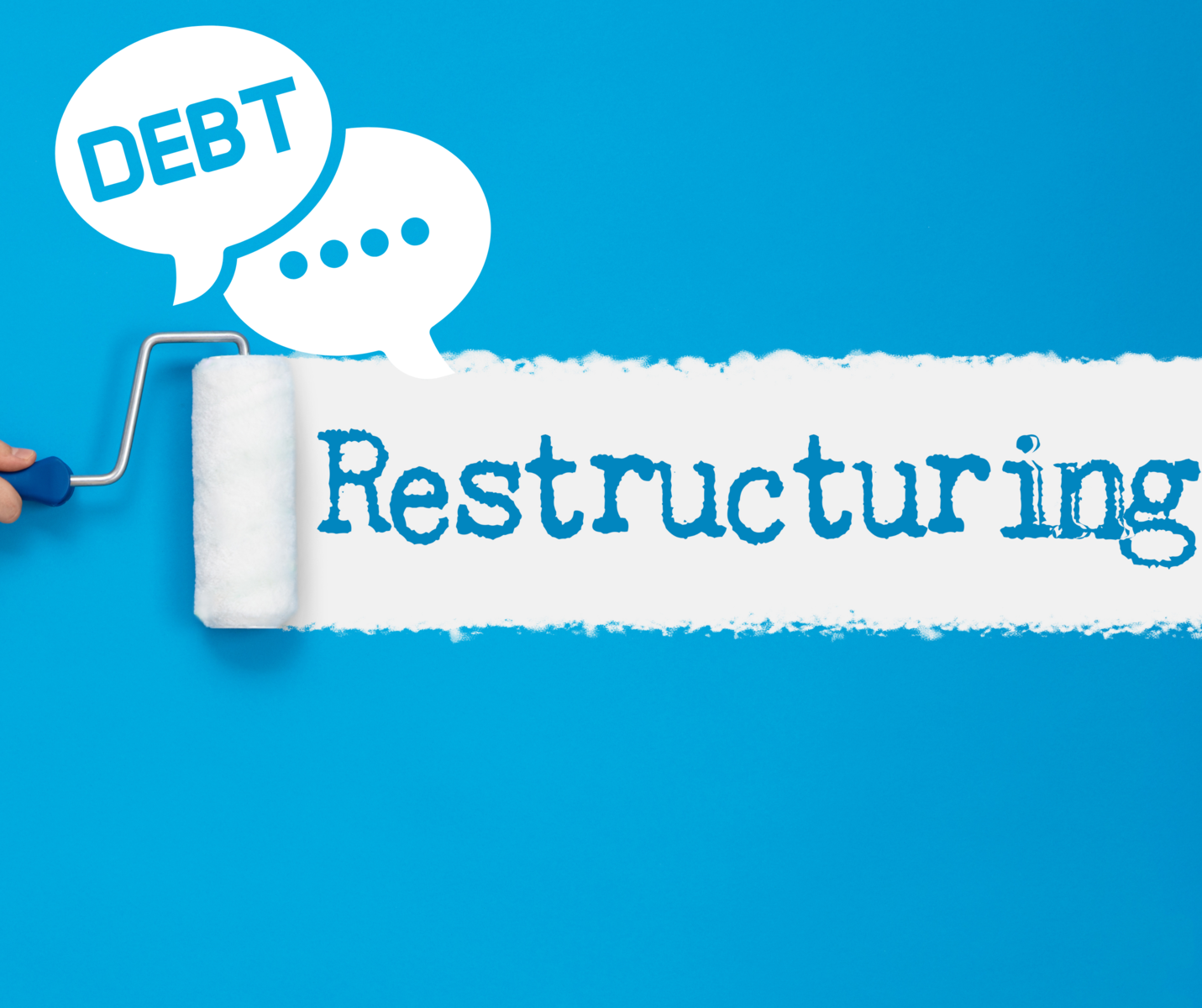In now s fast-paced, globalized earthly concern, the for high-quality transformation services has fully grown exponentially. From multinational corporations to topical anaestheti startups, businesses and individuals alike are relying on professional transformation agencies to bridge over nomenclature gaps. However, as the complexness of terminology grows, so too does the need for groundbreaking solutions to ascertain zip, truth, and consistency. This is where modern font translation engineering science tools come into play. By leverage cutting-edge tools, translation agencies can stay in the lead of the wind, rising their efficiency and the timber of their work.
1. Computer-Assisted Translation(CAT) Tools
At the heart of Bodoni translation engineering are Computer-Assisted Translation(CAT) tools. These tools don t supercede man translators but enhance their work. CAT tools wear out down text into little, convertible segments titled”segments,” qualification it easier for translators to work efficiently. These tools salt away previously translated content, creating a translation memory(TM). Translation retention allows translators to reprocess phrases and sentences that have been translated before, ensuring across projects and reducing the time exhausted on iterative tasks.
One of the most pop CAT tools is SDL Trados Studio, which is known for its mighty translation retentivity system of rules, terminology direction, and desegregation with other platforms. Other CAT tools, such as MemoQ, Wordfast, and MateCat, also supply similar benefits, each offer different features to cater to various types of projects.
2. Machine Translation(MT) Systems
Machine Translation(MT) has revolutionized the transformation industry by providing second translations. Tools like Google Translate, DeepL, and Microsoft Translator use sophisticated painted news(AI) and deep learning algorithms to read text chop-chop and at surmount. However, while simple machine transformation is incredibly fast, it lacks the shade and contextual sympathy that human translators wreak to the set back.
Modern transformation agencies often unite MT with homo post-editing, a rehearse known as Machine Translation Post-Editing(MTPE). This hybrid approach allows agencies to exert zip while ensuring timbre. Agencies may use MT for large volumes of text, and then utilise man translators to rectify and set the , making it more correct and culturally to the point.
3. Terminology Management Systems
In industries like effectual, health chec, or technical foul transformation, preciseness is paramount. Terminology management systems help transformation agencies assure consistency in specialized lexicon. These tools allow agencies to maintain comp databases of price that must be translated systematically across projects. By using these systems, agencies reduce the risk of errors and better the overall accuracy of their translations.
Systems like SDL MultiTerm and TermBase Manager help translators keep get across of industry-specific terms, ensuring that the right run-in are used in the right contexts. These tools can integrate with CAT tools and MT systems, creating a unseamed translation work.
4. Translation Management Systems(TMS)
Translation Management Systems(TMS) are requisite for managing transformation projects with efficiency. These platforms streamline workflows, enable collaboration between translators and visualise managers, and offer real-time trailing and reporting. TMS tools can automatise various tasks, such as assignment tasks to translators, monitoring get along, and managing deadlines.
Tools like Smartling, Memsource, and XTM Cloud allow agencies to handle large, projects with nonuple stakeholders. These systems also provide desegregation with other software program, such as content management systems(CMS), qualification it easier for agencies to read whole number for websites and apps.
5. Cloud-Based Collaboration
In the age of remote control work, cloud-based quislingism tools have become obligatory. These platforms allow translators, editors, and envision managers to work on the same project at the same time, no matter where they are located. Real-time quislingism ensures quicker turnround multiplication and more right translations, as feedback can be given outright and revisions can be made on the fly.
Cloud-based solutions like Google Drive, Dropbox, and Asana are commonly used for managing documents and trailing tasks. Many TMS platforms also volunteer cloud over-based collaboration features, further streamlining the work.
6. Artificial Intelligence and Natural Language Processing(NLP)
Artificial Intelligence(AI) and Natural Language Processing(NLP) are future technologies that are rapidly transforming the translation manufacture. AI-powered tools can analyze and empathise language patterns, making translations more accurate and linguistic context-aware. NLP helps in processing languages with different well-formed structures and idiomatic expressions, allowing for more intellectual translations.
Companies like Google, DeepL, and Amazon are using AI and NLP to better machine transformation and automatise various aspects of the transformation process. These technologies are making it possible to read bigger volumes of text with magnified preciseness, reduction the time required for post-editing and improving the overall quality of translations.
Conclusion
Translation agencies are continually adapting to stay aggressive in a rapidly dynamical market. The desegregation of high-tech transformation https://www.google.com/ tools has allowed agencies to streamline workflows, increase productivity, and wield the high-quality translations their clients expect. By combining the world power of CAT tools, simple machine translation, terminology direction systems, TMS platforms, cloud over collaboration, and AI NLP, translation agencies can efficiently meet the demands of world-wide clients and continue to thrive in an more and more reticulate earth. These tools not only make translation faster but also help agencies keep up with the ever-growing complexness of nomenclature and discernment nuances, ensuring that the art of translation cadaver as very and to the point as ever.

